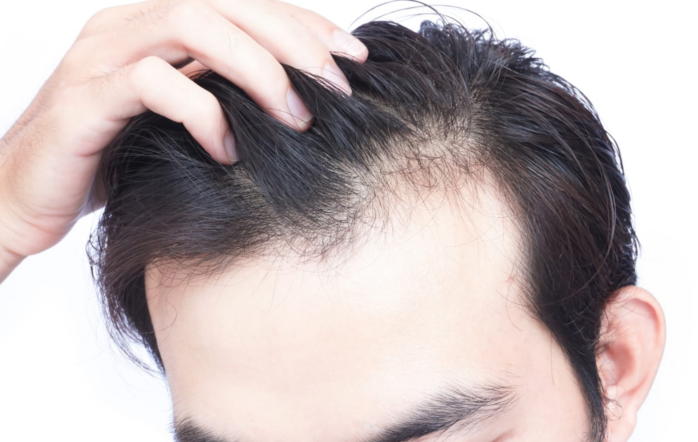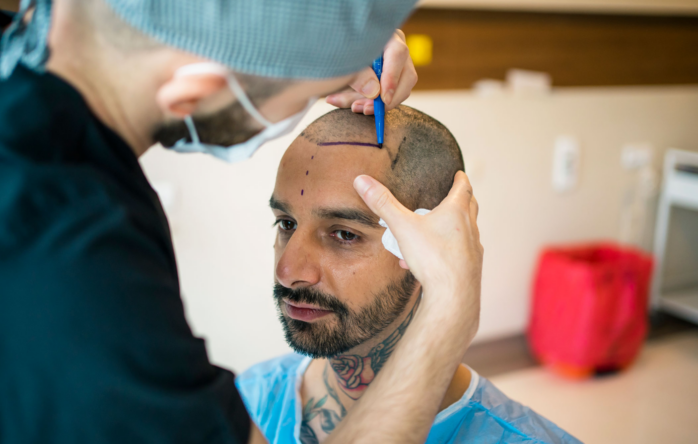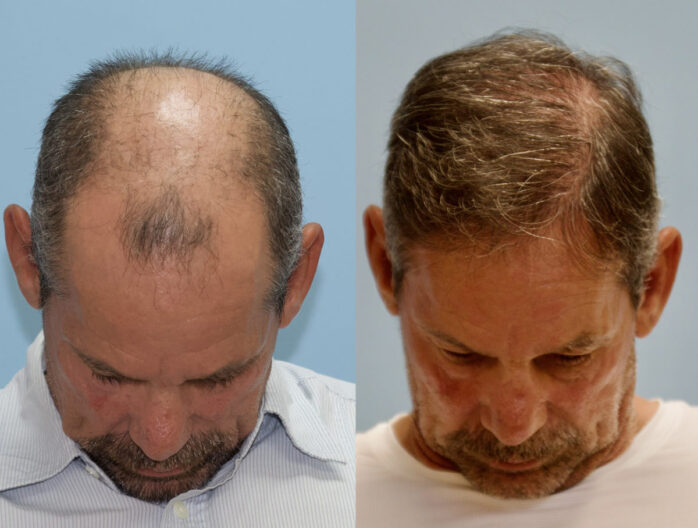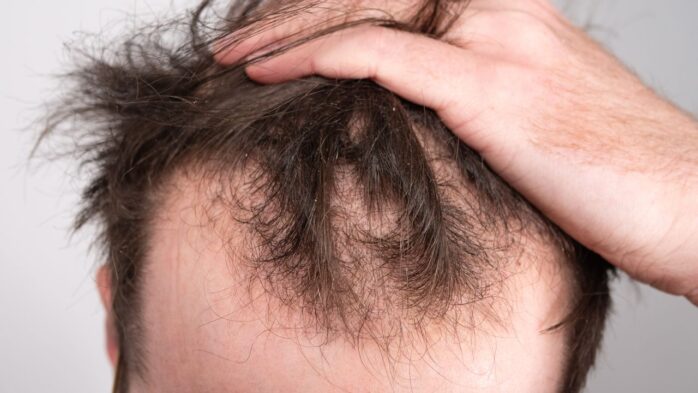Do you know 2,221,191 people took hair treatment in 2021 worldwide as per the ISHRS practice census? ISHRS census practice report says that 62.5% are male, and 37.5% are women. As per these stats, both men and women opt for hair restoration.
But the percentage of males is just doubled as compared to females. So, A person suffering from a hair loss problem must take a permanent solution, a hair transplant.
Nowadays, many people suffer from patchy hair and baldness issues. After going through this blog, you will learn about the causes of hair loss, solutions, and aftercare and recovery advice.
What is Hair Transplant Surgery?
Hair transplant surgery is a cosmetic procedure, and it is a permanent solution for the person who is suffering from hair loss. This process involves moving hair follicles from a donor area to a bald or thinning area of the scalp.
This procedure has become increasingly popular in recent years, with over 703,183 people undergoing surgical hair transplant procedures in 2021, according to the ISHRS practice census report.
However, it is important to understand the root cause of hair loss before undergoing surgery. So, before opting for any process, do your research and consult the best hair transplant clinic like Mittal Hair Clinic.
Causes of Hair Loss:

Various factors, including genetics, hormonal changes, medical conditions, and medications, can cause hair loss.
Before considering hair transplant surgery, individuals should explore other solutions to hair loss, such as medications, non-surgical hair restoration options, and lifestyle changes.
Permanent Solution of Hair Transplant:
A hair transplant is a permanent solution for patchy hair and baldness. In this process, hair follicles are removed from a donor location during hair transplant surgery, and then they are transplanted to the recipient area.
Follicular Unit Transplantation (FUT) and Follicular Unit Extraction (FUE) are the two methods used in hair transplant surgery. In FUT, a strip of skin from the donor region is removed, and hair follicles are then removed.
FUE hair transplant treatment involves using a tiny punch instrument to remove hair follicles from the donor region. In both procedures, hair follicles are transplanted to the recipient location, where they will develop and create hair.
One benefit of hair transplant surgery is that it can result in permanent hair growth and natural-looking outcomes. However, there are possible drawbacks as well, including the expensive nature of the operation and the risk of scarring.
Choosing a Surgeon for the Surgery

A trained and experienced surgeon must be chosen for a hair transplant to be effective. When selecting a surgeon, take into account things like their training and expertise, their before-and-after pictures, and their patient testimonials.
It’s crucial to have a consultation with a hair transplant surgeon to talk over the patient’s unique requirements and objectives as well as to understand more about the procedure’s possible dangers and problems.
Aftercare and Recovery after Surgery
Important steps in the hair transplant surgical procedure include aftercare and rehabilitation.
Patients should adhere to the post-operative care recommendations given by their surgeon, which may include refraining from intense exercise and using protective headgear.
Depending on the patient and the surgery type, different recovery times and results might be anticipated. In addition, it is important to take all the necessary steps to take good care of new hair health once it has grown in.
Sum Up:

Many people turn to hair transplant surgery to restore one’s hairline, but it’s crucial to understand why hair loss occurs before making such a decision.
Medication, non-surgical hair restoration methods, and lifestyle modifications are some other hair loss treatments that may be successful.
A good outcome requires choosing a skilled and experienced hair transplant surgeon like Dr Manish Mittal. Patients should adhere to their doctor’s aftercare and healing recommendations for the greatest outcomes.



















